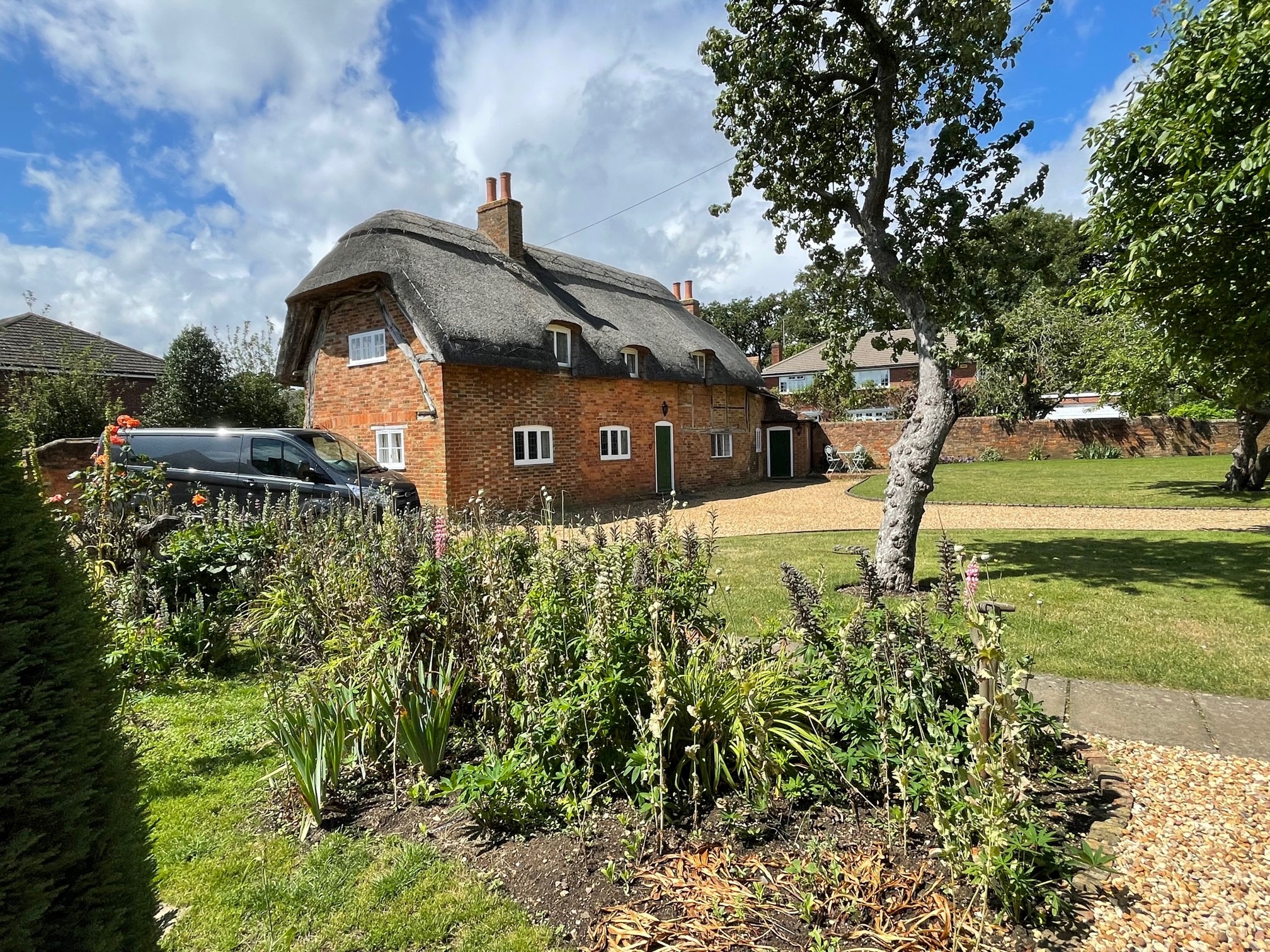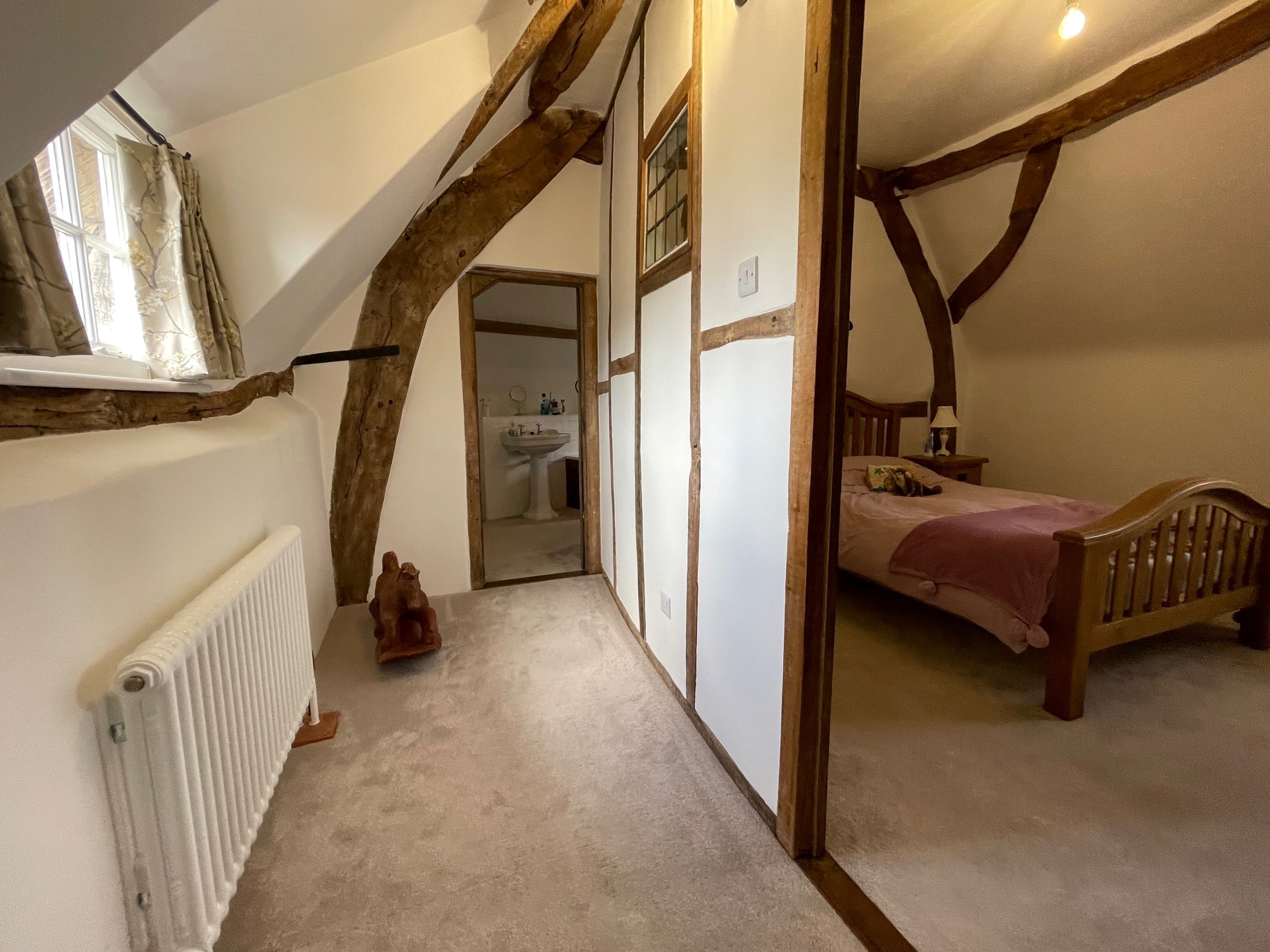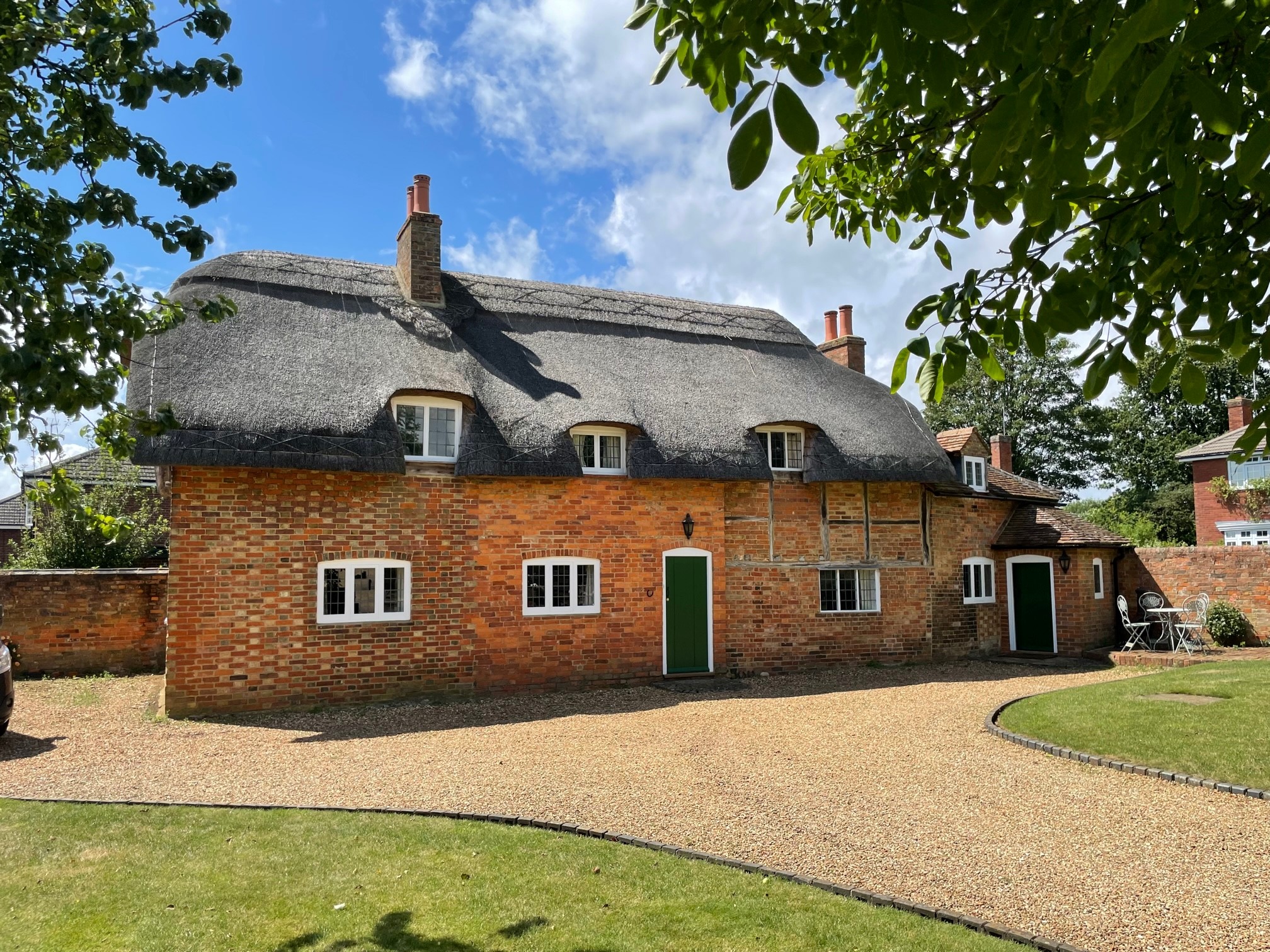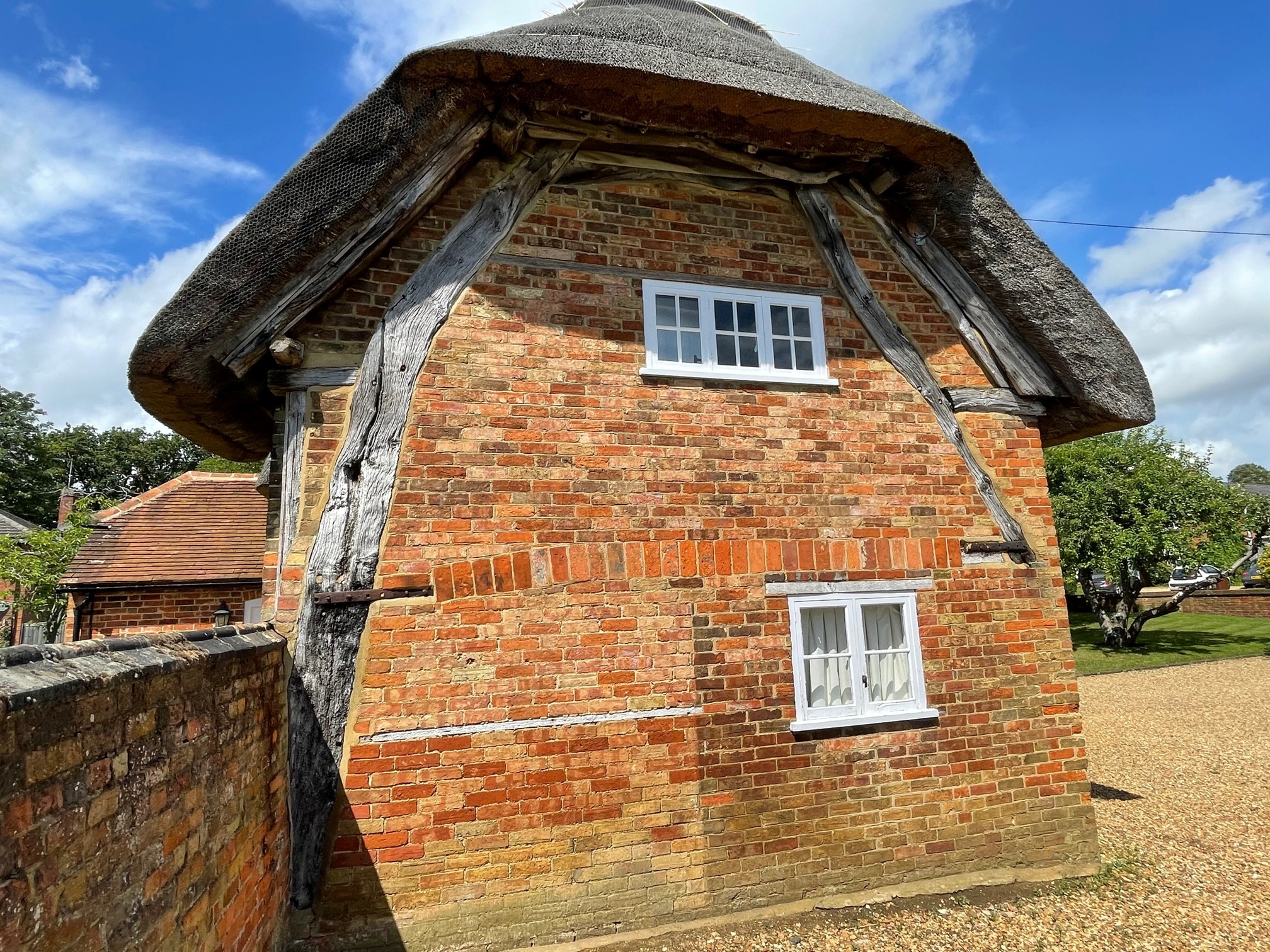
Listed buildings are considered nationally important and therefore have extra legal protection within the planning system.
What is a listed building?
A building is listed when it is of special architectural or historic interest considered to be of national importance and therefore worth protecting. As the term implies, a listed building is actually added to a list: the National Heritage List for England. You can use this to discover whether your home is listed and if so, what grade it is. You may also be able to find out what is particularly significant about the building. Some listing records are more detailed than others.

Listed buildings come in three categories of ‘significance’:
• Grade I for buildings of the highest significance
• Grade II* and
• Grade II Most listed building owners are likely to live in a Grade II building as these make up 92% of all listed buildings.
How does listing affect owners?
Listing means there will be extra control over what changes can be made to a building’s interior and exterior. Owners will need to apply for Listed Building Consent for most types of work that affect the ‘special architectural or historic interest’ of their home.
For more detail on applying for consent, please see Who Do I Contact?

Your local authority
The planning department of your local authority decides whether to grant planning permission or listed building consent for proposed work. They can provide advice before and during the application process. They should be your first port of call if you wish to go ahead with making changes to your home. If you are thinking about making changes our section on common types of work, such as altering windows or adding a conservatory, provides useful tips about what to consider and whether you are likely to need permission. You will also find information on repair work in our section on looking after your home, and on energy efficiency measures such as solar panels in our section on saving energy. To find details for your local planning authority, visit the Government Planning Portal.
Conservation Officer
Most local authorities employ a conservation officer, who offers expert advice on applications and other matters relating to historic buildings and areas. They are an extremely useful point of contact if you own an older home. They will be able to advise you on a range of matters, including whether you will need extra consent for planned work, and what kind of work might be most appropriate for your house and its setting. When considering work to your home, it is advisable to discuss your proposals with the local planning authority and/or the conservation officer at the earliest opportunity. They can be reached by contacting your local authority.

County Archaeologist
County archaeologists advise local planning authorities on the archaeological implications of development proposals. If you think your work might affect archaeology on your land, we recommend you consult the local planning authority’s archaeological adviser to discuss how these should be dealt with. It is always advisable to consult them at an early stage of developing your proposals.
When Historic England is consulted
Historic England don’t usually work with individual owners directly, as decision-making power ultimately resides with the local authority. Owners should therefore contact the local planning authority in the first instance.
What parts of the building does listing cover?
Listing covers a whole building, including the interior, unless parts of it are specifically excluded in the list description.
It can also cover:
• Other attached structures and fixtures
• Later extensions or additions
• Pre-1948 buildings on land attached to the building. (In the planning system, the term ‘curtilage’ is used to describe this attached land.)
Because all listed buildings are different and unique, what is actually covered by a listing can vary quite widely. It is best, therefore, to check this with your local planning authority.
For more detail on listing, see the Guide to Heritage Protection: Listed Buildings.
How do I find out if my building is listed?
If you think your home is listed but are unsure, the best place to start is our Search the List page. This allows you to search the National Heritage List for England by postcode or keyword. If you have your postcode to hand we recommend using the map search. This allows you to determine more clearly whether your building is listed and at what grade.
If you cannot find your building or are still unsure, please contact your local authority or our National Heritage List for England Helpdesk at This email address is being protected from spambots. You need JavaScript enabled to view it. Please note text & Information shared from the English Heritage website.





